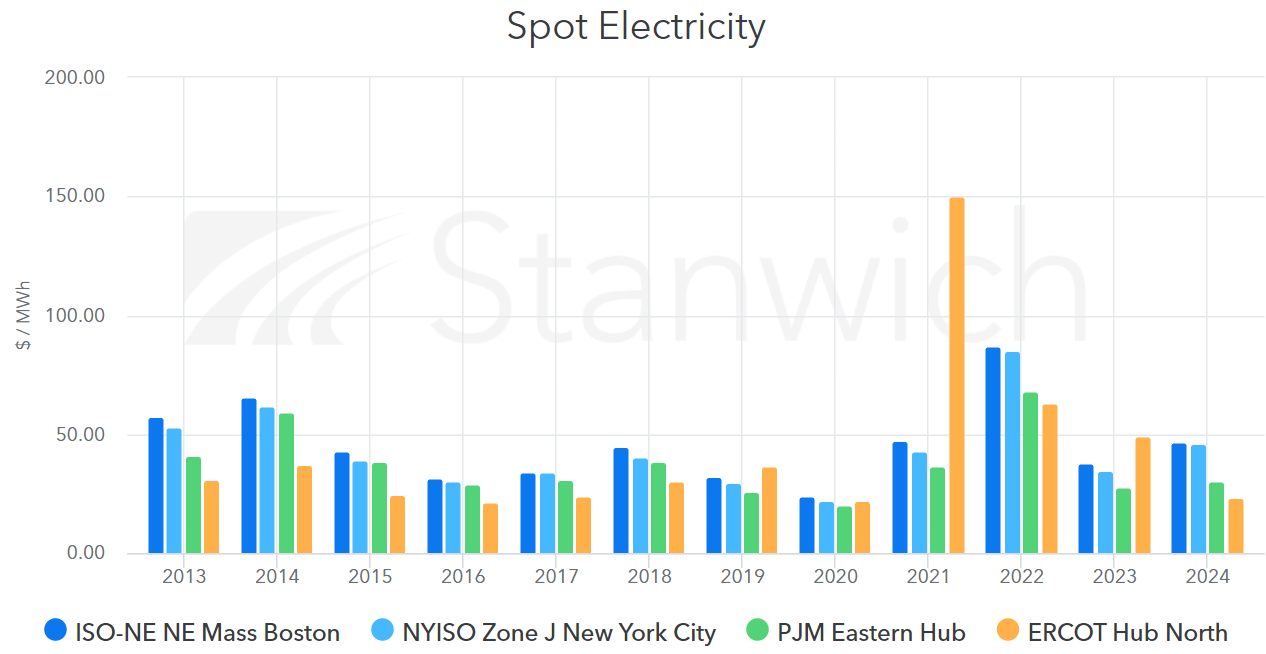Explore Other Resources
Subscribe Today!
Charting the Course: Understanding Texas' Grid Reliability and Its Impact on Costs
Texas has been laser-focused on enhancing the reliability of its power grid after Winter Storm Uri caused widespread outages and billions in damages. The effort is essential for the states economy and continued leadership as the number one producer and consumer of energy in the country. The reliability efforts are underway on multiple fronts, aiming to keep the lights on without compromising the competitive structure that has long defined its electricity market.
The cost of electricity is a key line item for industry heavy Texas. The state's approach has historically been to only pay generators for the power they supply, resulting in some of the lowest prices in nation. That model has been disrupted by recent weather-related outages, with all the viable solutions introducing new costs that will ultimately reach customers.

Impact on Costs: A Closer Look
The initiatives undertaken to fortify Texas' grid are designed to ensure electricity is available even during extreme conditions. These include mandatory weatherization of power plants and new market cost components like the Performance Credit Mechanism (PCM) and ERCOT Contingency Reserve Service (ECRS). While these measures are essential for avoiding the catastrophic outcomes seen during Winter Storm Uri, they do come with a price tag.
Weatherization Requirements: Ensuring that power plants can operate in severe weather conditions requires significant investment. These costs could be passed on to consumers in the form of higher electricity rates, though the exact increase will vary depending on how utilities absorb and distribute these expenses.
Performance Credit Mechanism and Other Market Reforms: These mechanisms aim to provide additional revenue to power generators, incentivizing them to be available during peak demand times. While this could lead to higher costs for energy production, especially during times of scarcity, the intention is to offset these costs by avoiding the extremely high prices seen during emergencies like Uri. In theory, more consistent pricing could result in a more predictable and possibly higher baseline for electricity costs, but with fewer spikes in rates.
Investment in Dispatchable Power: The push for more reliable, dispatchable generation capacity (e.g., natural gas, battery storage) to back up renewable sources may also influence electricity costs. The initial investment in new generation and storage technologies could lead to higher costs in the short term. However, increasing the supply of dispatchable power aims to stabilize the grid and potentially mitigate the need for extreme scarcity pricing in the long run.
Looking Forward
As Texas strides toward a more resilient power grid, understanding the balance between cost and reliability becomes paramount. The exact impact on electricity costs will depend on a variety of factors, including the pace of technological advancements, the scale of new generation capacity, and regulatory decisions on cost recovery. For energy consumers in Texas, staying informed about these developments is essential. While costs may rise in the pursuit of reliability, the strategic goal is to safeguard against the far greater expenses—both financial and human—that result from power outages and grid failures.
In sum, as Texas navigates its way through these grid reliability enhancements, energy consumers should brace for potential cost adjustments. However, these changes are not just about paying more for electricity; they're about investing in a future where the lights stay on, businesses run smoothly, and communities remain safe, even as the energy landscape evolves.
For additional information please contact us to schedule a quick call.
